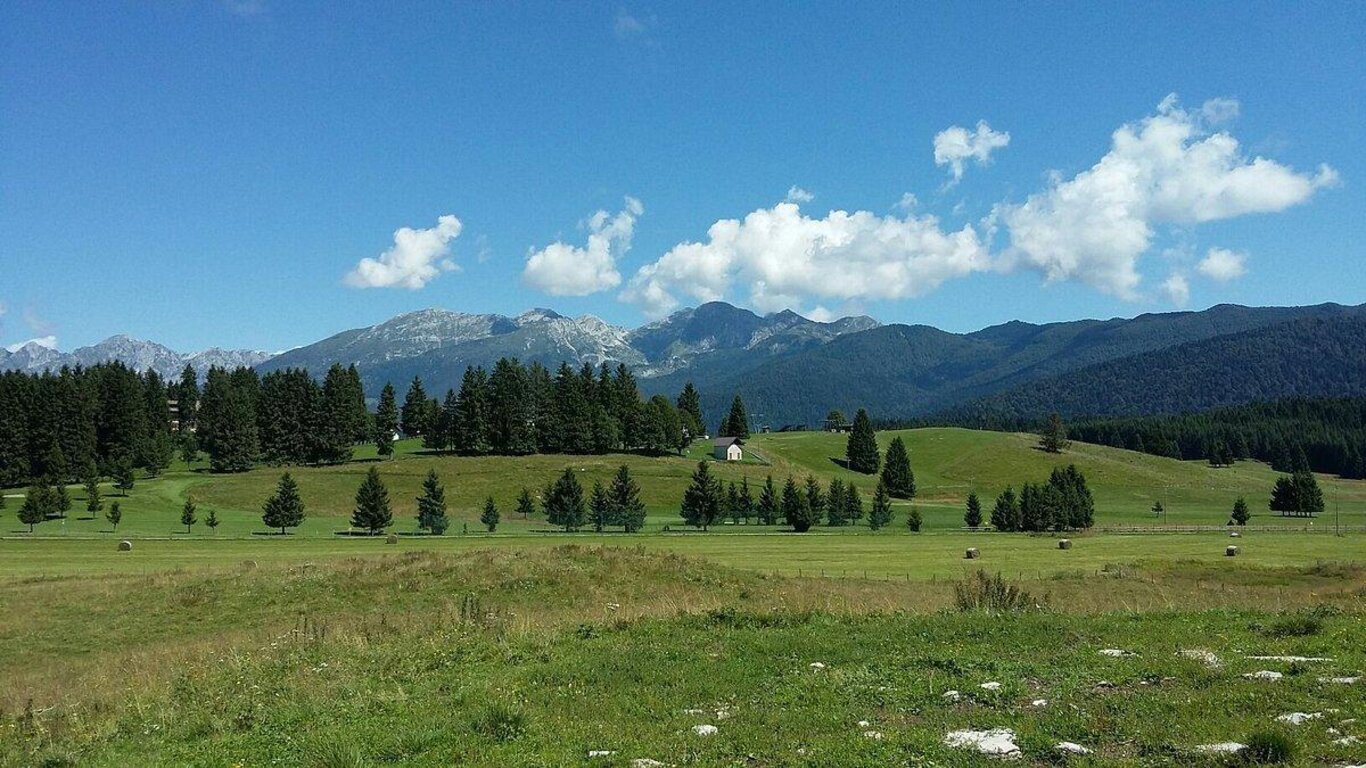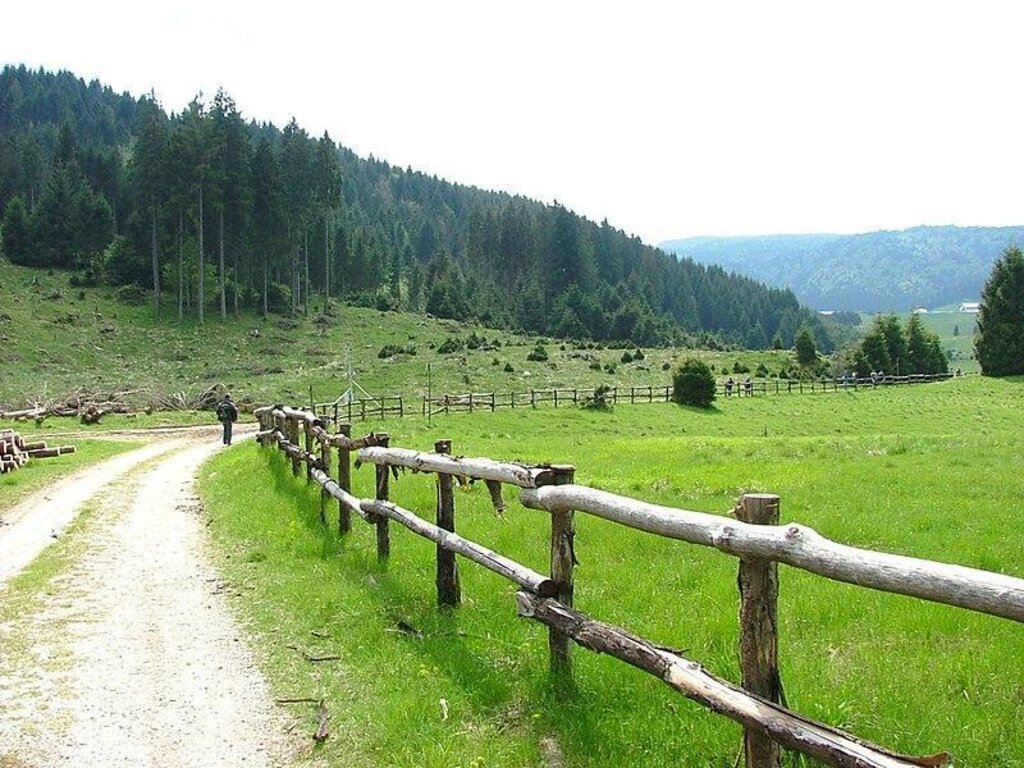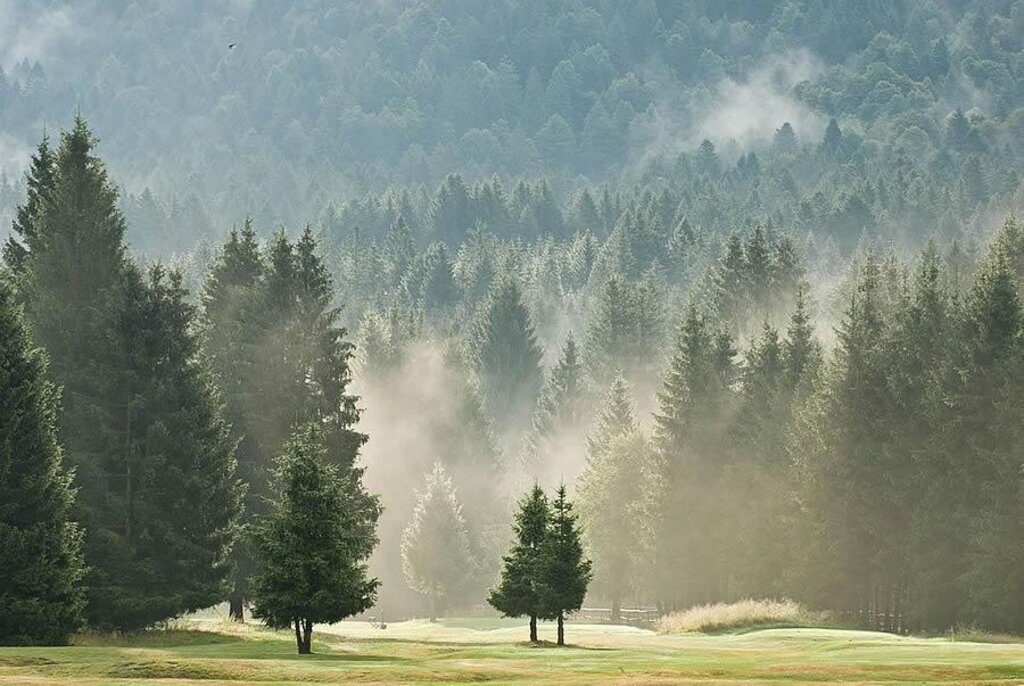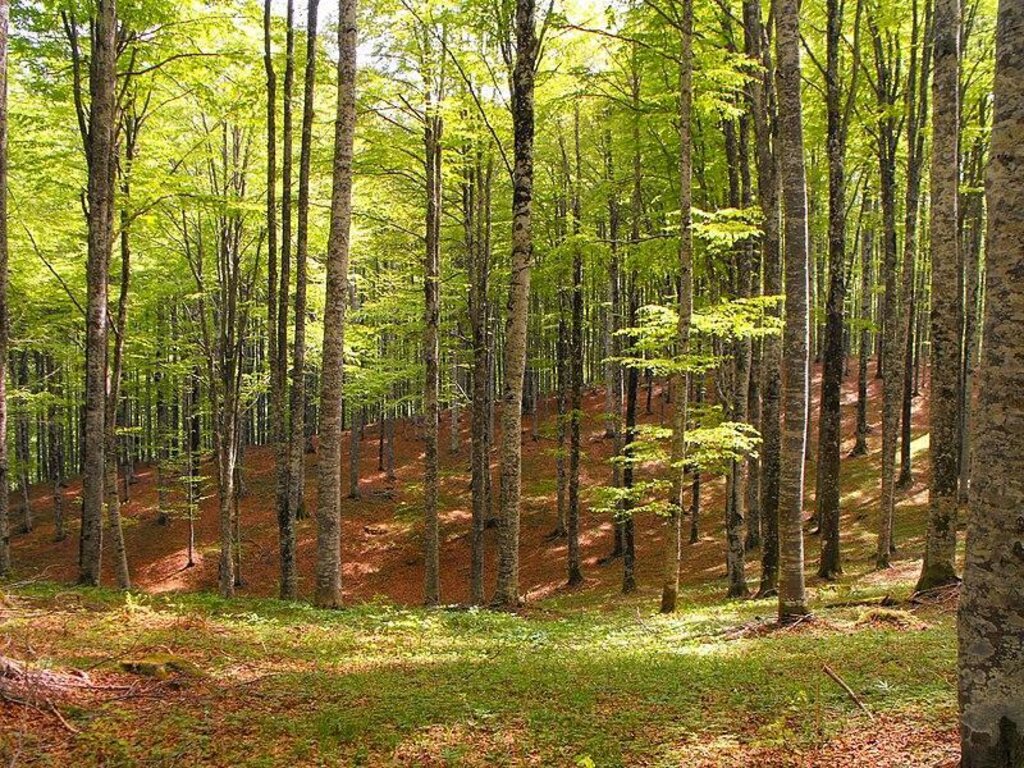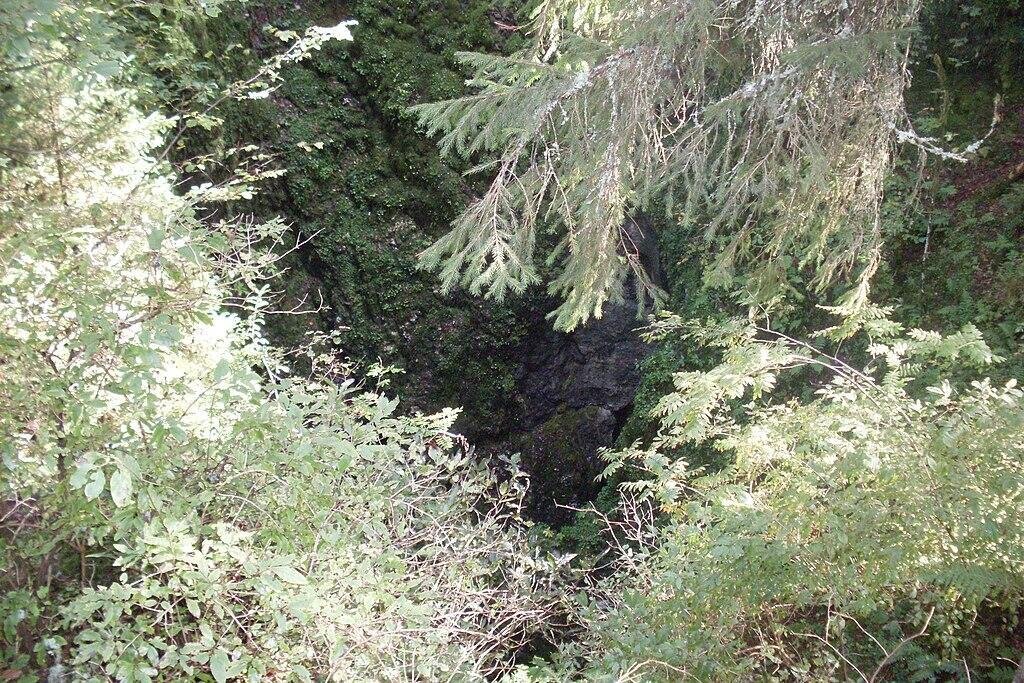A unique plateau where the nature of the Belluno Dolomites unfolds in ancient forests, high-altitude meadows, peat bogs, and karstic rocks. The wildlife is rich and diverse: roe deer, red deer, wolves, foxes, and numerous birds of prey inhabit the valleys, while the flora presents rare botanical treasures, from towering beech forests to endemic species. The trails of Cansiglio wind through pristine environments, perfect for hiking, mountain biking, or horseback riding, with opportunities to discover ancient settlements and prehistoric traces.
The area is steeped in historical memories: from Venetian management of forests and timber resources, to events of the Second World War, to the heritage of the Cimbri, a German-speaking community that left behind villages, traditions, and crafts still celebrated today. Active mountain pastures, the Cansiglio and Cimbri Museum, and the Regional Center for Nature Education "Casa Vallorch" offer authentic experiences, including wildlife observation, educational workshops, and sustainable tourism. Forest and pasture management, guided by ecological principles, ensures the conservation of natural heritage and responsible enjoyment of the area.
